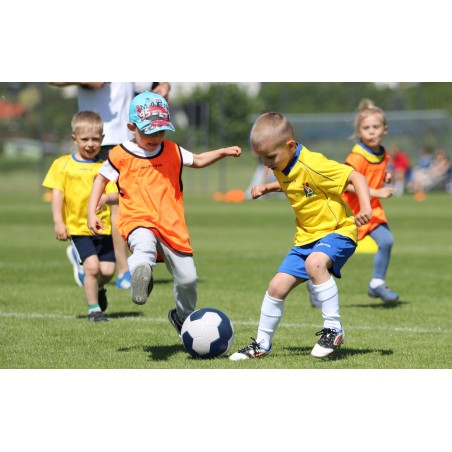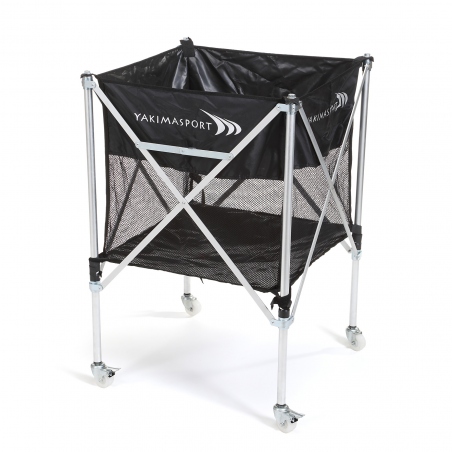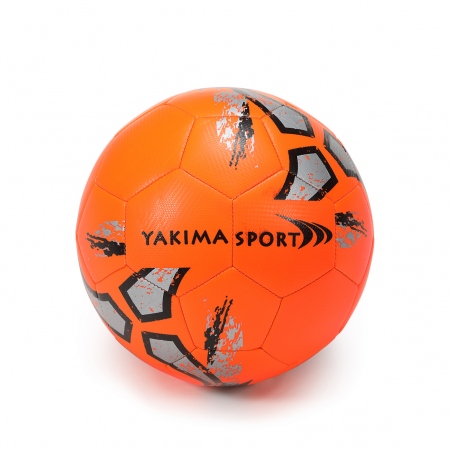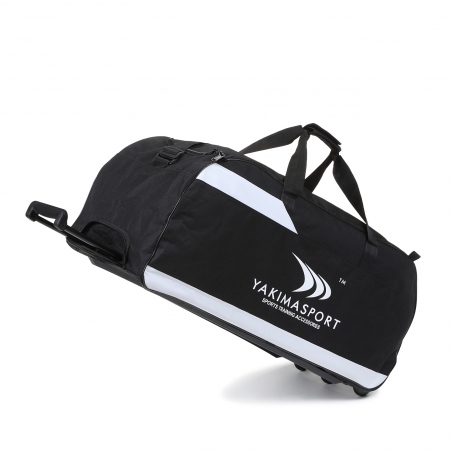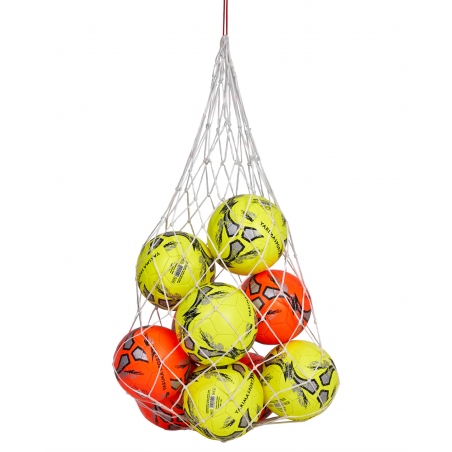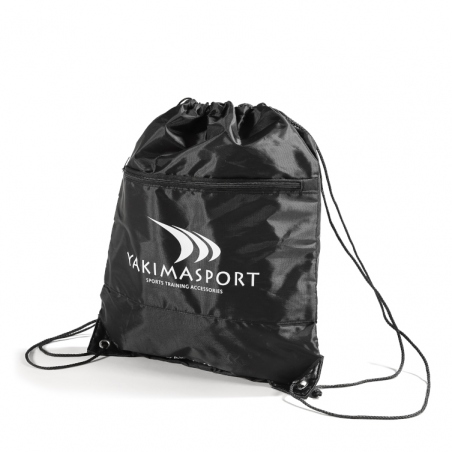Active filters
Showing 1-10 of 10 item(s)
Balls, bags, nets and ball bags
At Yakimasport, we offer footballs to ensure that the game is played in complete comfort and to a high standard. We also offer bags and nets for storing and transporting the balls. The choice of the right model depends on a number of factors, such as the surface and the intended use of the product.
Football - basic features
The item without which a game of football is impossible is, of course, the ball. As a last resort, you can do without various other equipment. What are the characteristics of a football? It has a spherical form and is made of leather or other material. It has a circumference of 68 to 70 centimetres and a weight of 410 to 450 grams. Most footballs are made up of 32 panels, of which 12 are pentagons and 20 are regular hexagons. At the start of play, the pressure in the ball should be between 0.6 and 1.1 atm.
Types of ball at Yakimasport
Football
In the Yakimasport range you will find a football ball that provides exceptional flight stability. Its profiled cuts minimise sudden movements in the air and guarantee greater accuracy. The football is able to maintain the right shape and the right amount of air for a long time.
Foam football
We also offer a football designed to be played by children aged 3 to 7 years. It is distinguished by its softness, thanks to which the youngest football adepts are not exposed to danger and can start learning the first manoeuvres with the ball. The product is made of thicker, special foam and its size is close to that of a real size 3 ball. The foam ball is used in football kindergartens, such as Cracovia Krakow or Legia Warsaw. You will also need bags, nets or ball bags to carry the balls. The net offered at Yakimasport will hold up to 15 balls.
Which football to choose?
There are many things to consider when choosing a football. They determine how dynamic and comfortable the game will be. What issues play an important role when it comes to choosing the right ball?
Firstly, its size and weight are important. The most common size ranges from 415 to 445 grams and is allocated a size 5. Younger players can benefit from a size 3 product weighing 280 to 320 grams. Beginners should choose a size 4 model weighing between 350 and 390 grams. It is also worth remembering that balls intended for indoor play are more lightweight than those used for outdoor play on turf.
Secondly, natural leather, PVC, PU and TPR are used as the cover material of the football. The plastics are also sometimes combined. Among the cheapest models are those created solely from PVC, which is a less durable and flexible material than the others. Footballs are also sometimes covered with a waterproof laminate, so that they do not absorb water and training can be carried out in rain or snow.
The cover construction of the classic football model consists of 12 pentagonal and 20 hexagonal panels. The products also vary in terms of the technique used to connect the panels. The cheapest models are glued, while the most durable ones are sewn by hand, using a machine or welding technique.
Under the football cover is a textile cover made of cotton or polyester. Simple models use only one layer of fabric, while more expensive models use up to five.
How do you look after a football?
A football is subject to particular damage and rapid wear and tear. You will prolong the lifespan of a product that is indispensable during a game by caring for it in the right way. If the surface of the ball is heavily soiled after a game, it should be cleaned so that the impurities do not damage the product.
Before inflating the ball, wet the metal needle with saliva or water - this will prevent damage to the valve or bladder. It is also important to ensure that the ball is at the correct pressure of 0.6 to 1.1 bar. A particular model may require a specific pressure - the pressure is sometimes written next to the ball valve. To properly inflate the ball, use a pressure gauge to show the correct amount of pressure.
It is also important to store the football in the right conditions. It should be placed in a place with a room temperature of more than 15 degrees Celsius. The ball should not be left outside in the winter. It will also be harmed by excessive heat - therefore, the ball should not be placed next to a hot radiator or outside in full sun in summer.
If you want to buy football equipment with excellent features, check out Yakimasport's range and decide on the right products!
 Polski
Polski Čeština
Čeština Русский
Русский English
English Slovak
Slovak Hrvatski
Hrvatski Română
Română Українська
Українська Deutsh
Deutsh Magyar
Magyar Lietuvis
Lietuvis






